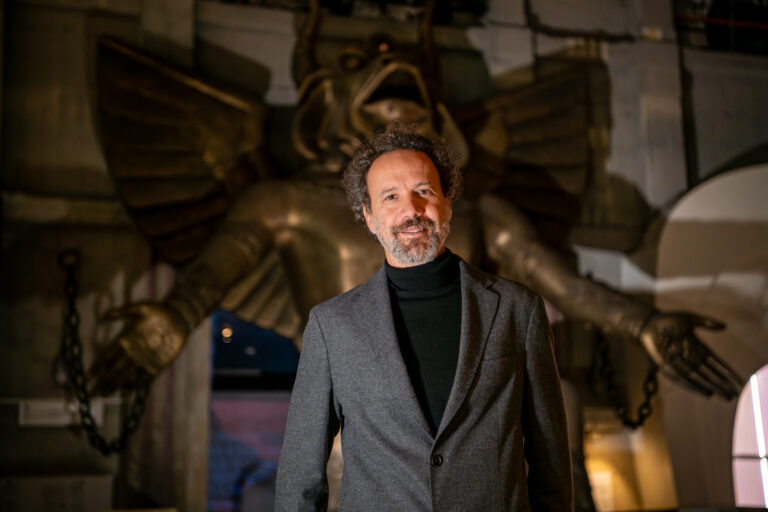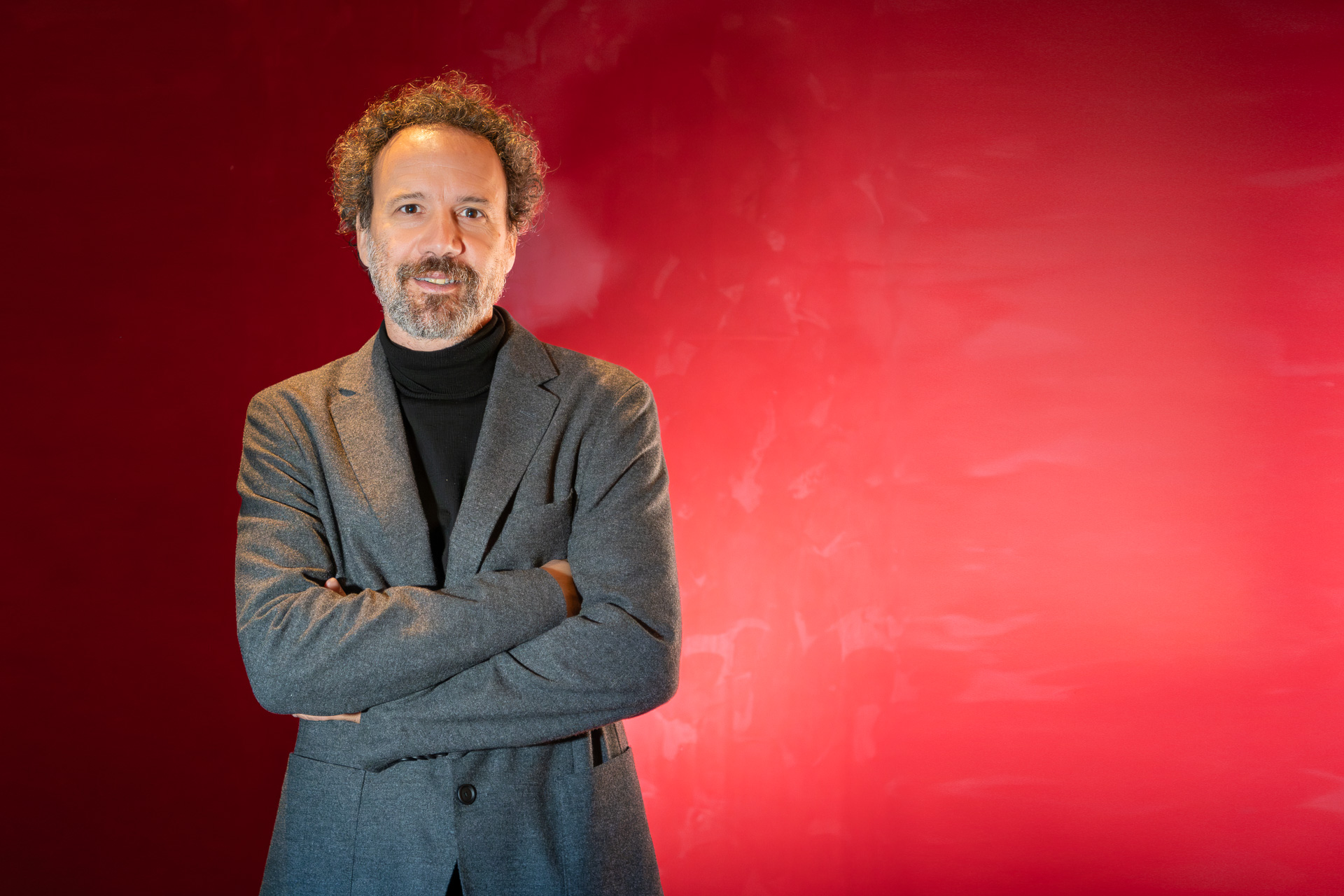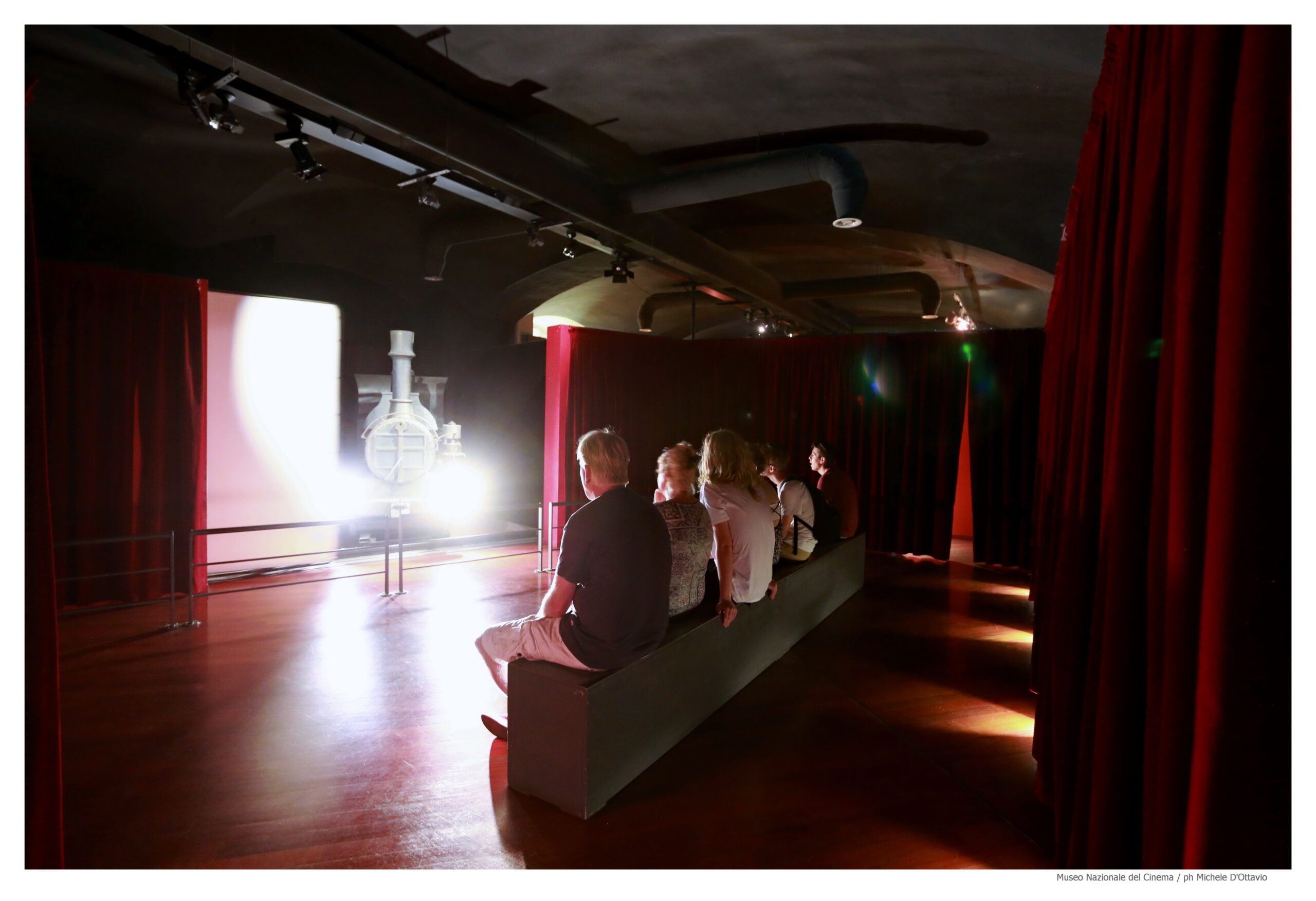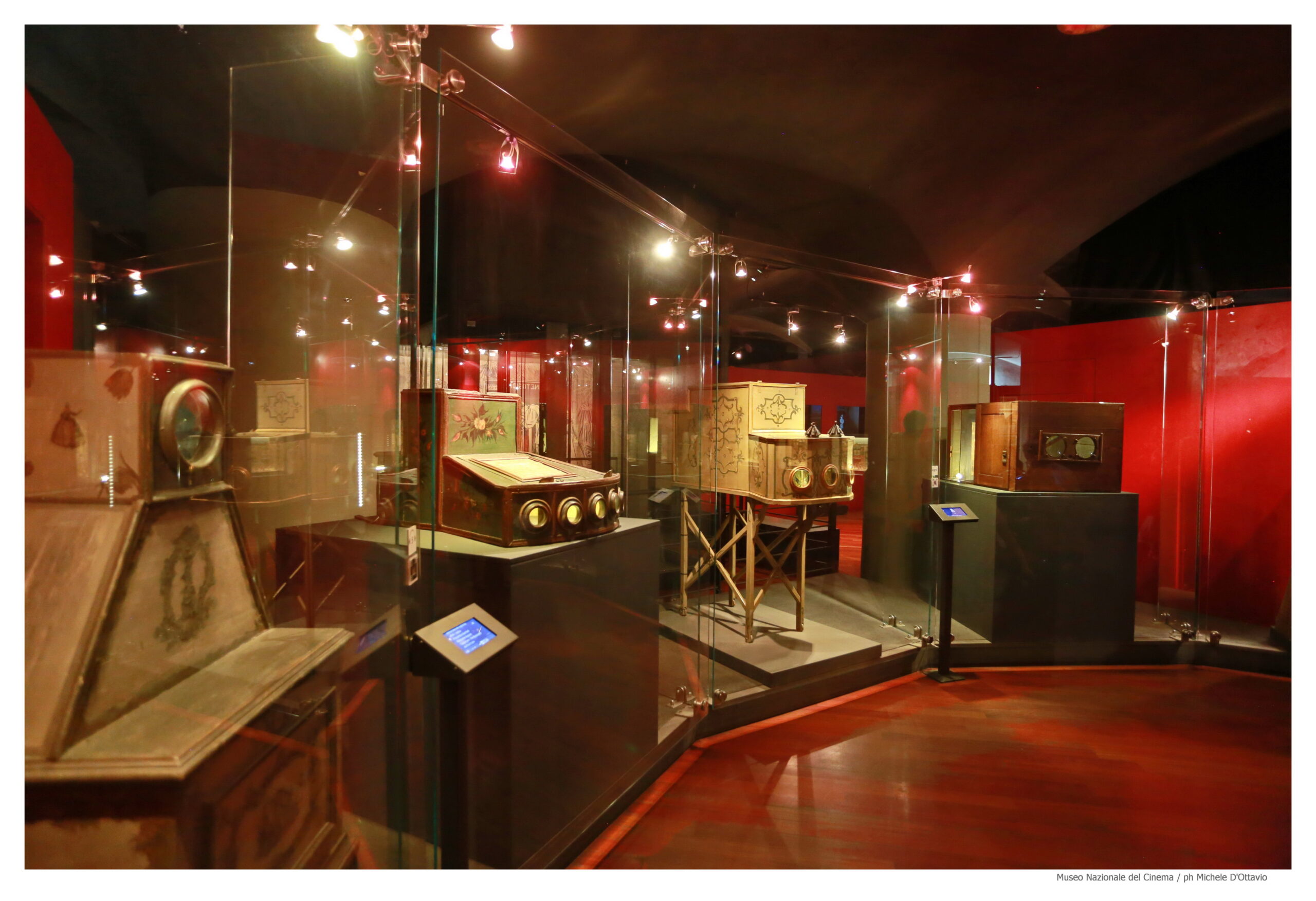
The current Director of the National Museum of Cinema in Torino has a multifaceted background in the world of motion pictures. Carlo Chatrian began as a film critic, and became a programmer, author, consultant for cinema institutions and festival director. Many are the cinematic organisations and kermesse that have forged him. These include Filmmaker Doc in Milan, Alba International Film Festival, Courmayeur Noir in Festival, Festival dei Popoli in Florence, Cinéma du Réel in Paris, Cinémathèque Suisse in Lausanne, Visions du Réel in Nyon and the Film Commission Vallée d’Aoste Foundation.
The journalist — who holds a degree in film studies with a thesis on the films of Jacques Rivette — has been at the helm of two of the most prestigious film festivals in the world. From 2012 to 2018 he was artistic director of the Locarno Film Festival, and from 2020 to 2024 he was artistic director of the Berlin Film Festival.

In this Exclusive Interview, Carlo Chatrian shares his new adventure as Director of the National Museum of Cinema in Torino.
Since September 2024 you’re Director of the Museum of Cinema in Turin, how was it to return to the city with this new role, switching from being in charge of a festival to running a museum?
I was born in Torino and grew up in the countryside, but Turin is definitely where I shaped my cinema studies. I can consider it a homecoming, also because I’ve returned to Italy after working for the Berlinale. In Torino there are some colleagues from my university days, so there’s a time capsule there. It’s a different job from running a film festival, but it’s similar in terms of contributing to cinema culture.
In the past few years we’ve seen many glamorous guests being welcomed at the Museum, the most recent being Zoe Saldaña. Is this the direction you want to keep or is there an interest to expand on activities involving indie cinema and Film Archive initiatives?
We need a bit of both in order to engage not just cinephiles, but also a more general audience. In the work we are currently doing with the screening rooms there is the goal to continue my work as a programmer and as an advocate of independent cinema. At the beginning of March we will welcome Radu Jude and in April we shall welcome Mohammad Rasoulof. So the idea is to have big stars, but also support the work of independent filmmakers. In the museum we have an archive with print, three screening rooms, we have numerous film activities, but first and foremost we are a museum. This means that the bulk of our activities is related to exhibitions. Therefore we invest much more money in establishing exhibitions that may be connected to prominent guests. In that respect, the best scenario is to balance exhibitions like the upcoming one on James Cameron, one of the most visionary and well known artists, along with other activities that can promote cinema culture in a more wide sense, working with themes, or highlighting filmography and reviving cinema of the past. I feel our times have a problem with memory and the job of museums is to keep that memory alive.
Turin was probably the first cinematic hub in Italy, and during the Silent Era the city’s film industry thrived. Considering the way the Film Commission is going strong, and that the National Museum of Cinema has become internationally known, do you feel the city is living a new Golden Age of Cinema?
Torino was surely the most vibrant city for film production and distribution before World War I. Over a century later that landscape is completely different. We are living a big change, it is true that I found a culturally lively city and I would love it to be going through a new Golden Age, it’s definitely a good time for Torino. It’s less of a conventional tourist attraction and it is very much a cultural destination, with the museum being one of its main highlights. In 2024 we had 820.000 visitors at the museum. In the cinema we scaled up to 900.000 attendees, so it’s almost 1 million. It’s very impressive.

The origins of the Museum have also been characterised by a strong friendship between its founder Maria Adriana Prolo and Henri Langlois, who created the Cinémathèque Française. What are the relationships today with the French institution and are there any plans for future collaborations?
Prolo was friends with Langlois, but they were also in competition with each other. Today I see it through a different perspective, more in terms of a collaboration than a competition. Even when I was working for festivals, which are more competitive landscapes, I always tried to think first and foremost about what would benefit the films, rather than what would have been best for the festival. With a film museum it’s even more so. Since I took over, I started discussing with my colleagues such as Gian Luca Farinelli in Bologna [Cineteca], Thierry Frémaux in Lyon [Institut Lumière] and of course Frédéric Bonnaud in Paris [Cinémathèque française].
The proof is that the James Cameron exhibition was possible precisely because the Cinémathèque française embraced my desire to bring this exhibition to Torino, so within three or four months — which is an incredibly short time — we managed to set this up. There is so much work of preparation behind every exhibition. Therefore, if it’s possible, I think it’s great that we can share and make the show travel across multiple venues. If you look at the bigger picture, cinema and filmmaking have become a minority form of expression. So I think we should all stick together: festivals, archives, productions, film commissions, because otherwise the other media will take over.
In regards to sticking together, recently there’s been an homage to the Venice Film Festival through a retrospective. Are you contemplating some synergies with Valle D’Aosta’s film industry, since your origins are from that area and Aosta is celebrating 2050 years?
At the Museum of Cinema in Torino there’s recently been the restoration of a film that had been shot in the Aosta Valley, back in the Fifties starring Errol Flynn. This footage will be shown in a festival about archive, that will take place in Rome at the beginning of March. We are also discussing with the Aosta Film Commission to find an exclusive location to show this footage. Our work is to build bridges, between people, artists, cultural institutions.
Talking about building bridges, as a former festival director did you give any advice to Giulio Base for the Torino Film Festival and what were your thoughts on his first edition?
As an artistic director I know that the last thing you want to hear is advice. From the museum team, our job was to provide Giulio with all the means to bring his vision to life. He handled the festival very well and made a brilliant edition.
You started as a film critic, how do you feel this profession has changed over the course of time?
It’s changed a lot, it’s a different way of expression as opposed to when I began in the Nineties. I grew up being nourished by Cahiers du cinéma, Sight and Sound, Positif, even the Italian Filmcritica and Cineforum for which I wrote. Nowadays the relevance of these media outlets is not as strong as it used to be. The world has changed, people tend to read less and print paper is very expensive. Today expressing yourself through a tweet or a picture is part of a democratisation, on the other hand it has taken away the depth that used to be channelled in an article. I remember when I used to write cinema essays it took me weeks, now this happens only if you write a book. Perhaps video essays have more of that old school film criticism approach. Before, critics would get together to discuss ideas about cinema, it was a collective experience; now with Letterboxd there’s more of an individualistic approach, even in consideration that less films are watched in a movie theatre and rather through other supports. However, at the end of the day the goal remains the same: sparking interest in readers and encouraging them to watch films.

If an apocalypse came and you could only save three objects from the Museum what would they be?
Probably a magic lantern, because I think it speaks to everyone; a reel, because you can look at it also without a projector; and a lens, because it allows us to look at the world in a different way.

